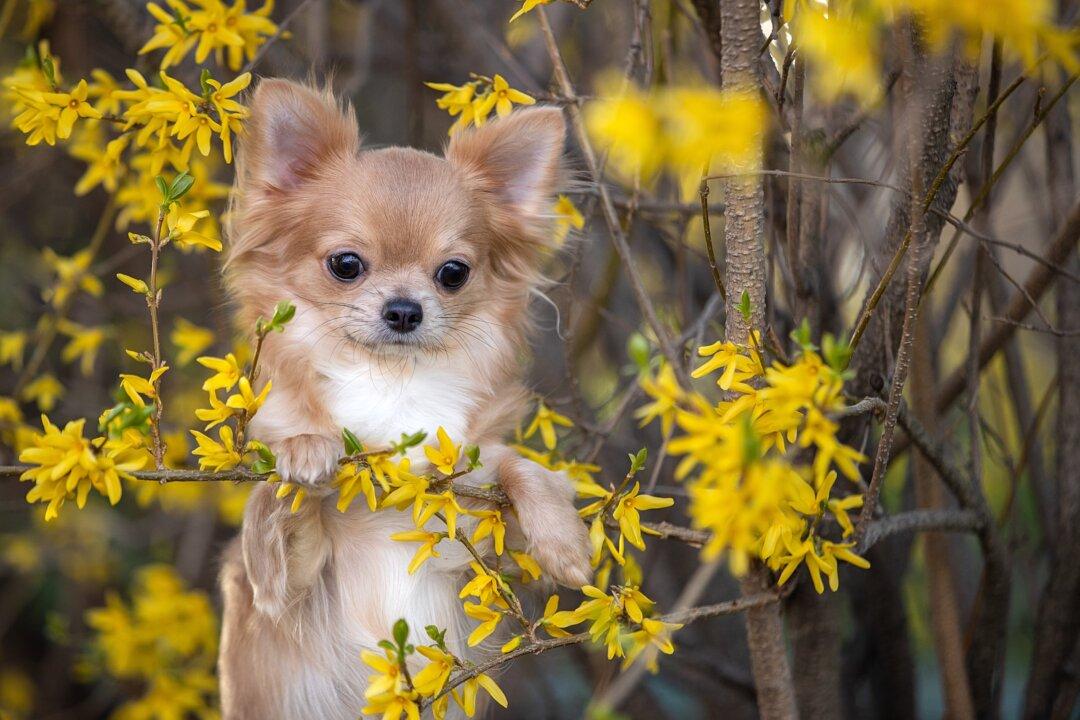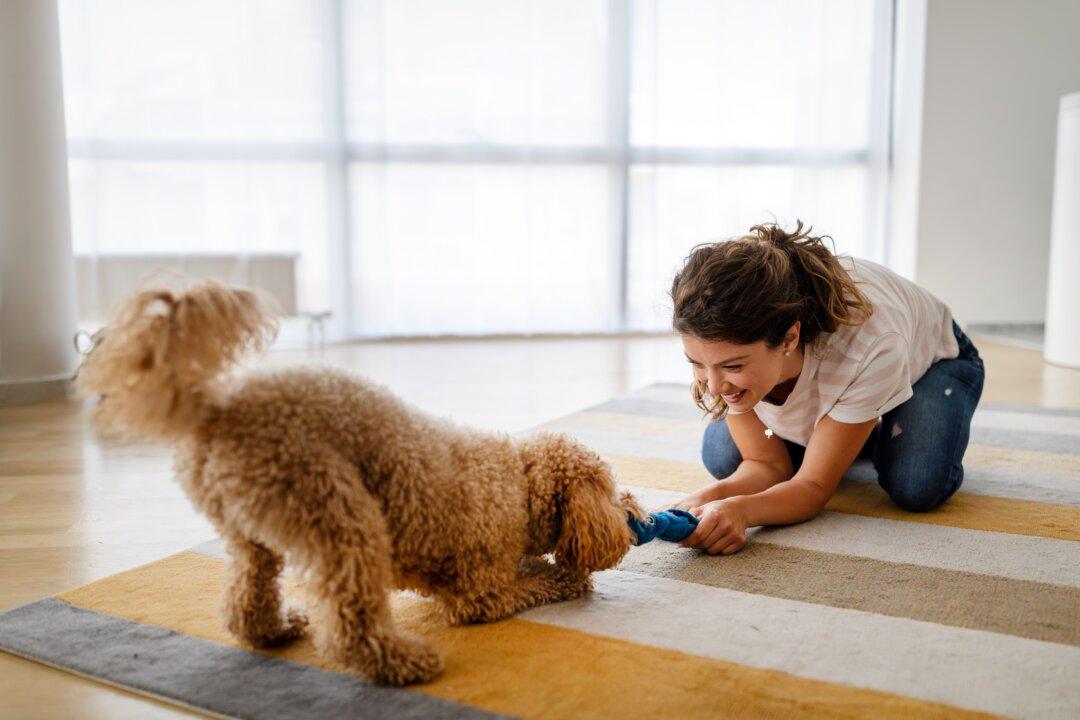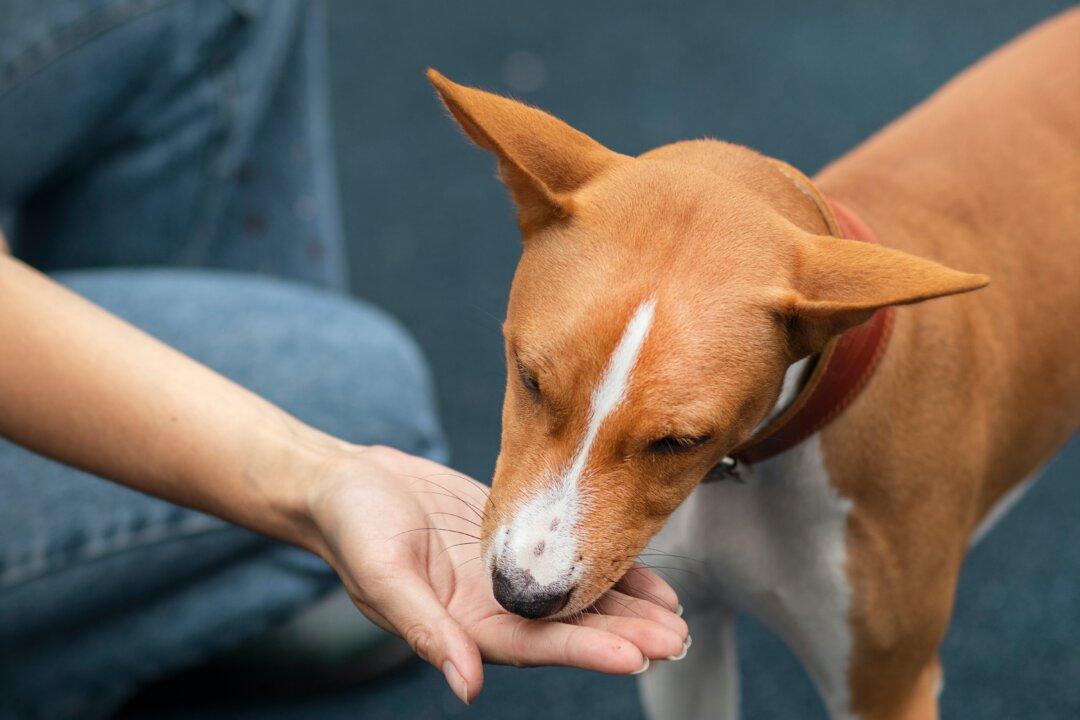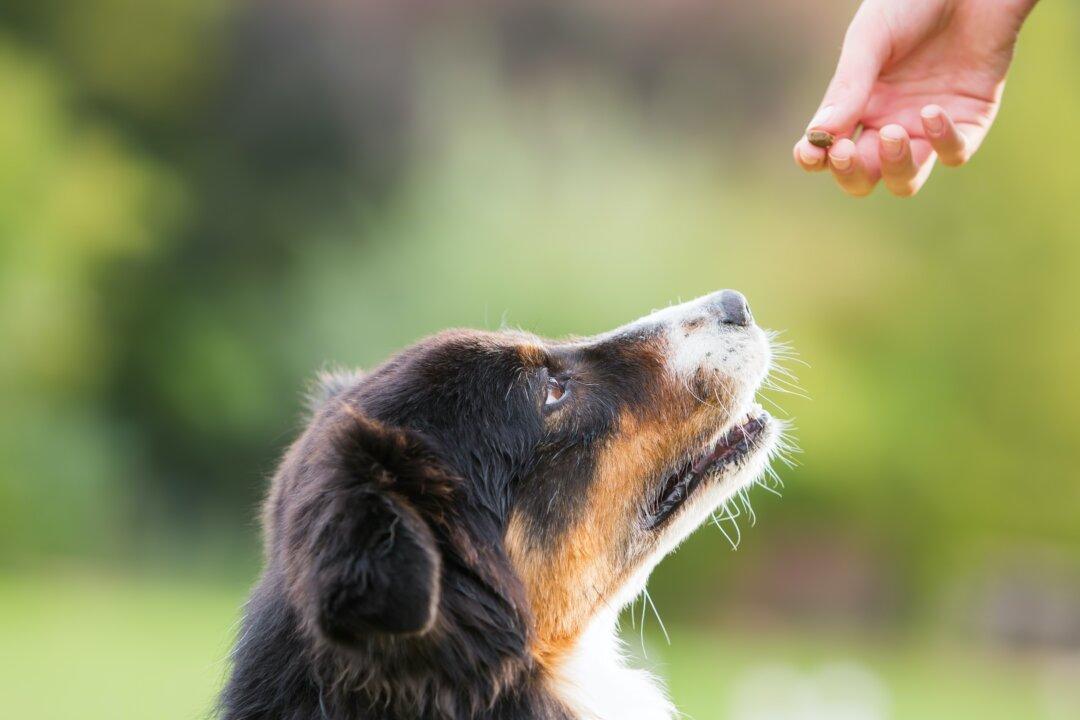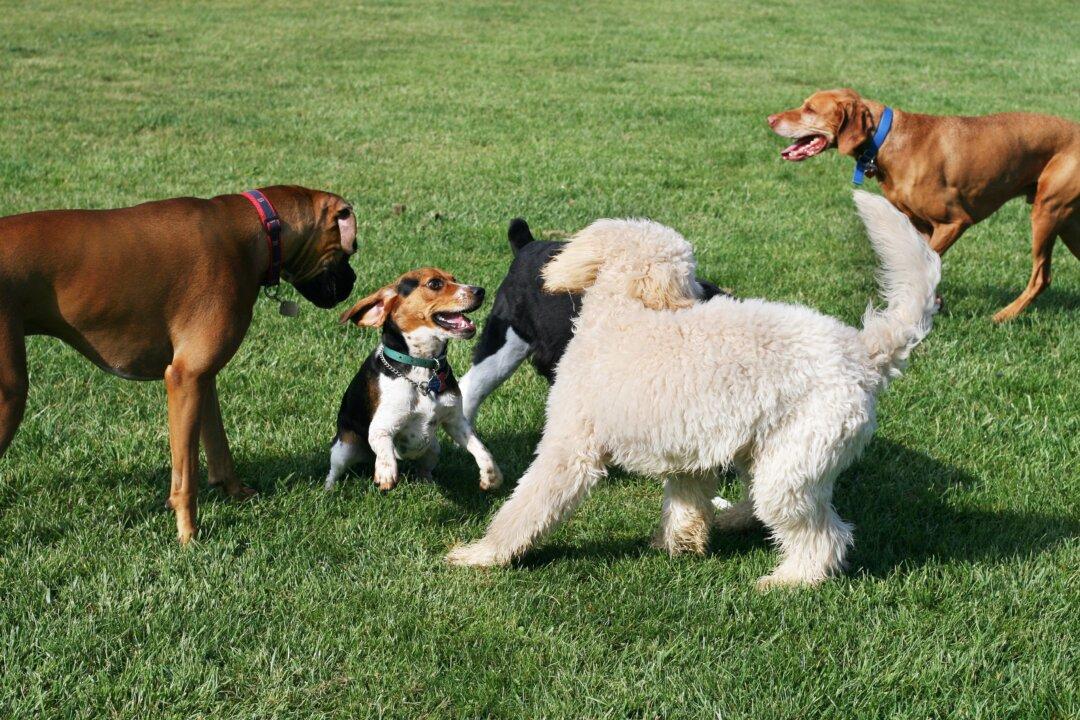Have you and your dog ever encountered someone walking with their large dog on the street, and wondered if it was safe to allow your dogs to say hello?
On one hand, you want your dog to be well-socialized. You might feel good about both dogs’ body language. Maybe the large dog and their owner look friendly, and you know your dog wants to greet them.

